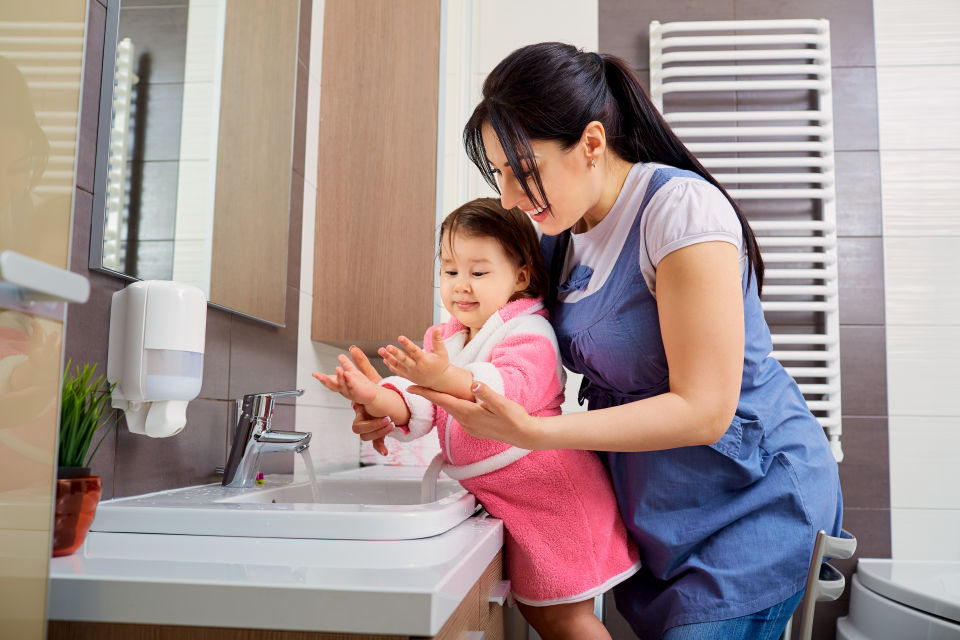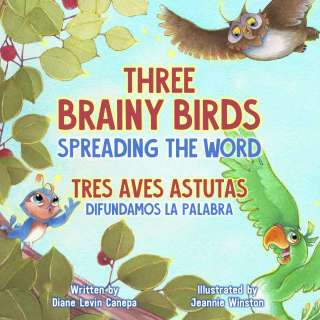You made it through the newborn phase – congrats! You and your baby have gotten to know each other, but you’re both still learning. Building and maintaining consistency and routine can help you and your baby stay happy and connected.

No longer a newborn, your baby is now a little better at telling you what they want, like, and need. You’re better at knowing and understanding them too. Routines and schedules not only feel more doable at this stage – they’re more important than ever. Routines and structure help children know what to expect, learn from their environment, and feel safe.
Have a consistent overall daily pattern - Similar routines throughout each day can help your baby feel more grounded with what is happening.
Use your schedules and surroundings to help create your routines. From singing a Hello Song to your baby when waking up to putting out a particular blanket when you do tummy time, sameness and consistency help us follow and prepare for routines and parts of our schedules. When your baby is about to nap, plan to be in a quieter space that is darker (e.g., a bedroom). If you plan to have time interacting with your baby, go for a walk outside and describe for him what you see. Changing your environment can help signal you are moving on to the next thing in your schedule or routine. New environments also give you more opportunities to engage with your baby (e.g., new things to see and hear).
Build off previous routines to make a daily schedule. Routines can be specific to certain parts of the day (bedtime, bath time, etc.) and then can add up to setting the schedule for the whole day. Start by doing what works for you and your baby. Now that your baby is giving you more responses by smiling, babbling, or even talking, ask and listen to what your baby tells, or serves you, and respond appropriately.
Be flexible! At this stage, babies change so much every day because they are doing more and more. If you notice a pattern but then it changes, it’s okay. Does your baby sit up on his own now so you can feed him in a high chair? Does your baby want to look in a mirror and babble with you and your reflections instead of sitting in her bouncy chair to listen to a story? Go with the flow of what happens in your day. If you get thrown off your proposed schedule or routine, then you can adjust the schedule or get back on track the next day. Just remember that routines and schedules are supposed to help you and you baby, not cause more stress.
Sing the Hokey Pokey song as you dress your baby in the morning (and, very likely, throughout the day). Name the body parts in the song that you want your baby to use to get dressed, like this:
“You put your right arm in” (as you put their right arm in the shirt sleeve)
“You put your right arm out” (as you pull their right arm out of the sleeve)
“And you shake it all about” (while you give them a tickle)
Storytime. Read a story while your baby sits and listens or crawls around the room. It’s okay if it seems like he or she isn’t paying attention. It’s the sound of your voice that matters. Keep at it!
Toy exploring. Put out a variety of toys and see the different ways your baby looks, touches, and interacts with them. Get down on the floor with your baby and describe the toys’ colors and shapes.
Head outdoors. The park is a great place to take a walk, enjoy the swings, or simply observe other children playing. Describe what you see to your baby and what you’re doing together.






